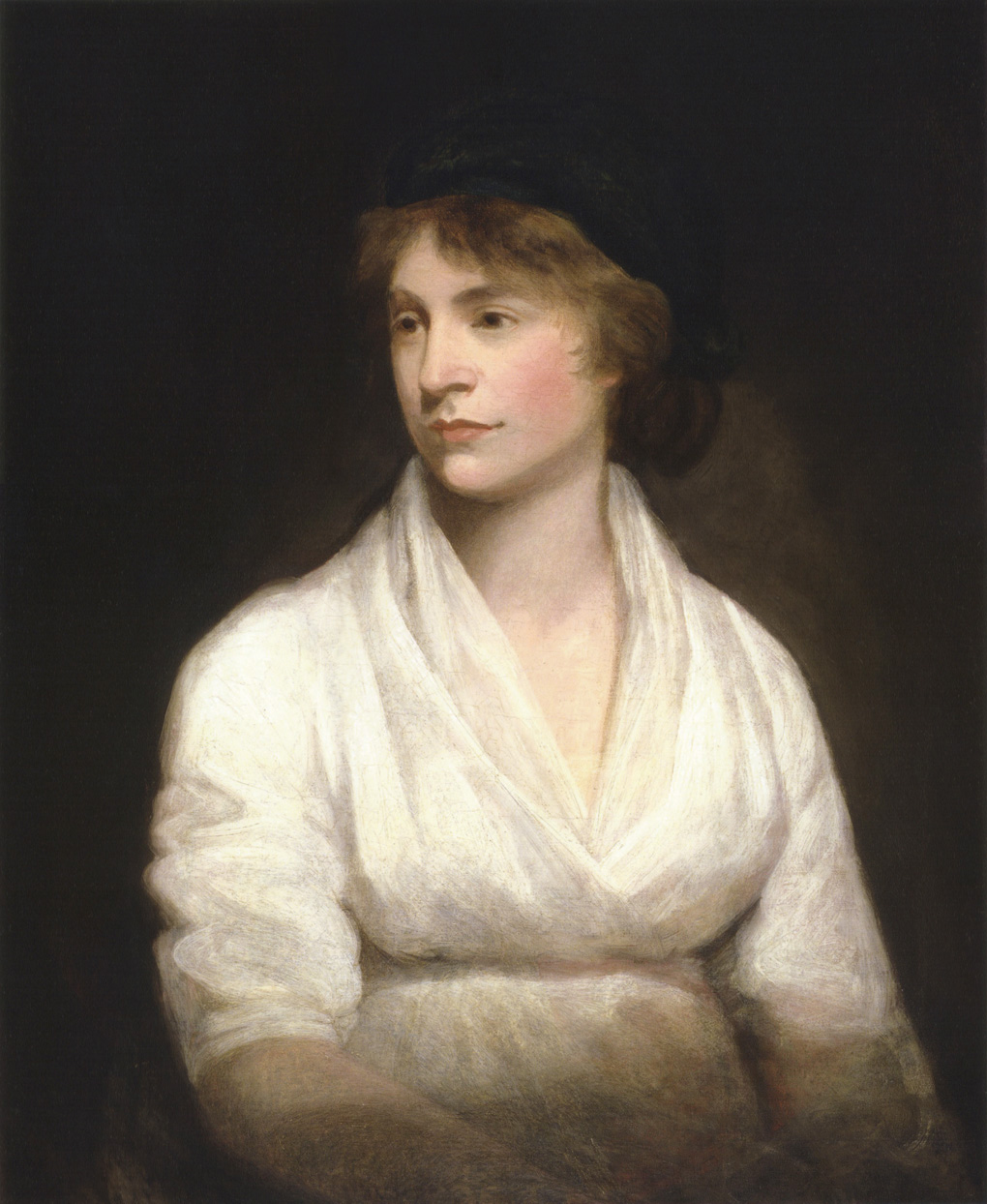
Your complimentary articles
You’ve read one of your four complimentary articles for this month.
You can read four articles free per month. To have complete access to the thousands of philosophy articles on this site, please
Philosophical Haiku
Mary Wollstonecraft (1759-1797)
by Terence Green
Liberty still-born
Chill phrases cast out by men
Ourselves yet in chains

Mary Wollstonecraft, like her contemporary Thomas Paine, was one of those ‘whining liberals’ who made the conservative philosopher Edmund Burke’s stomach churn. But in one respect at least, she was even worse than Paine: she actually thought women should have the same rights as men! What madness!
After Burke published his Reflections on the Revolution in France, in which he patiently explained why poor people and women shouldn’t go around upsetting apple carts, Wollstonecraft responded with Vindication of the Rights of Men (1790). Good title for a feminist? Not really. So Mary quickly banged out another work, Vindication of the Rights of Woman (1792). It’s all very well and good, she said in that work, to go on about liberty and freedom and individual rights, but it’s meaningless if women are excluded: liberty isn’t supposed to be the freedom to smoke your pipe and read the paper while your lady-wife gets your dinner. Women are just as capable of reasoning and intellectual inquiry as men; but men deliberately obstruct and oppress them. Marriage is formalised prostitution which turns women into possessions – in those days, when you bought a house, the listed chattels sometimes included ‘one wife’ (depending on how the marriage was going).
Mary’s own life was oftentimes turbulent, and ended in tragedy. Heading off to Paris in 1792 to revel in the French Revolution, she met an American adventurer, and their liberal and unwed adventures together led to her first daughter. A few years later she took up with William Godwin, the leading British anarchist. With her feminist view that saw marriage as the source of all female oppression, and his anarchist view of marriage as precisely the sort of straitjacketing social convention that needed to be destroyed, they promptly got married. Just ten days after giving birth to a daughter, Mary died from septicaemia. This daughter, named after her mother, would go on to marry Percy Bysshe Shelley and write Frankenstein.
© Terence Green 2017
Terence is a writer, historian, and lecturer, and lives with his wife and their dog in Paekakariki, NZ. hardlysurprised.blogspot.co.nz









